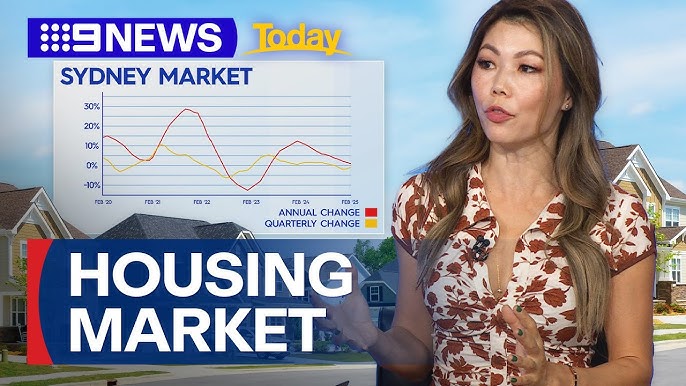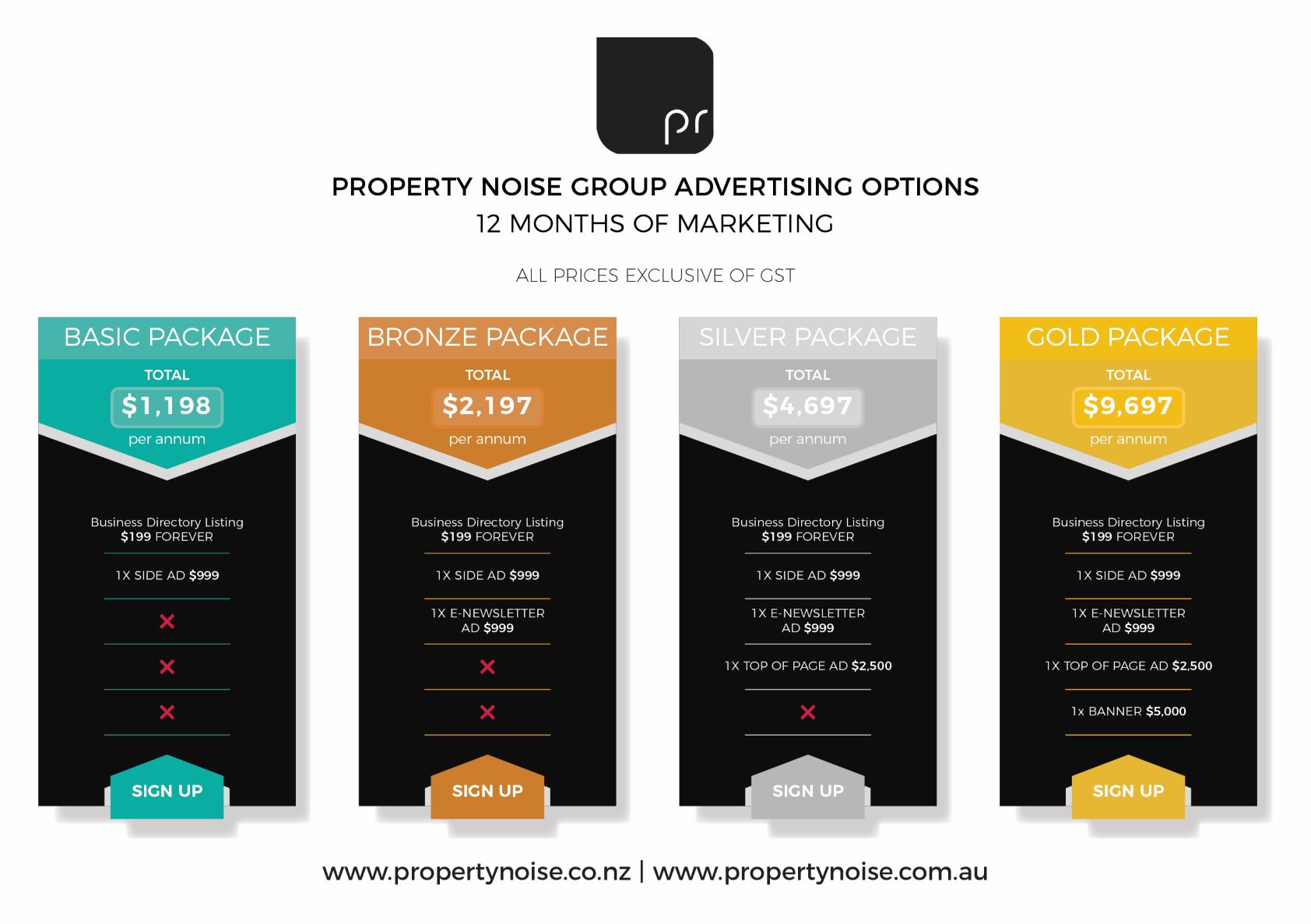PHOTO: NZ property market. FILE
We all know the housing market’s a mess. But how did it get so bad? Re:’s Cass Marrett went back nearly 40 years to find out.
For the past year, the housing market has puppeteered our headlines with stuff like “Millenials Buy Too Much Avocado Toast, Can’t Afford Houses” or “Investors Are The Anti-Christ and They’re Coming For Those Low Interest Rates”.
Okay, I’m exaggerating. But let’s be honest, the headlines have been kind of bitchy and I love it.
But if you’re like me, you can only smile and nod so many times before someone clocks you for not knowing what’s what. So, before that happens, I decided to find out exactly how the housing market got so cooked.
To start, some light background reading. Only, it wasn’t long before I was drowning in an alphabet soup of acronyms – OCR, LVR, RMA… WTF?
I enlisted the help of Kiwibank economist Mary Jo Vergara to run me through the past year.
She broke it down like a recipe, with three main ingredients:
– The Official Cash Rate (OCR)
– Relaxing loan to value ratio restrictions (LVR)
– An undersupply of housing
What it all means
The Official Cash Rate
“The most important factor driving the strength of the market is the interest rate,” says Mary Jo.
Mary Jo is talking about the fact that banks don’t give out mortgages for free. When you borrow money, they’ll charge for this service, and that charge is called interest.
The interest rate determines how much you’re going to pay for your home in total, and how much your regular mortgage repayments will be. Put simply, the lower the interest rate, the less you pay, and the more disposable income you have for avocado on toast.
Last year, interest rates from banks fell to an all-time low (from about 4.5 percent to less than 2.5 percent). The lower rate meant more people could afford to borrow money, attracting investors and first home buyers alike.
The reason this happened was because Covid prompted a drop in the official cash rate (OCR).
The OCR is basically another interest rate, only it’s set by the Reserve Bank – which is like the Bank of all banks. If you ever wondered where retail banks like Kiwibank, ANZ and ASB get their money from, it’s from these guys. They borrow from the Reserve Bank at its set rate (the OCR), and lend to us peasants at a rate fractionally higher.
During Covid, the Reserve Bank dropped the OCR to a record-low 0.25 percent.
Mary Jo: “They [the Reserve Bank] did that with the idea of stimulating economic activity because when you’ve got low interest rates, in theory, it’s an incentive for people to invest more because they see that money is cheap to borrow.”
However, when the Reserve Bank lowered the OCR, it unintentionally kicked-off one helluva year for the housing market. Essentially, the lower rate made it easier for investors and people who already owned property to borrow more, and buy more.
READ MORE VIA RNZ















